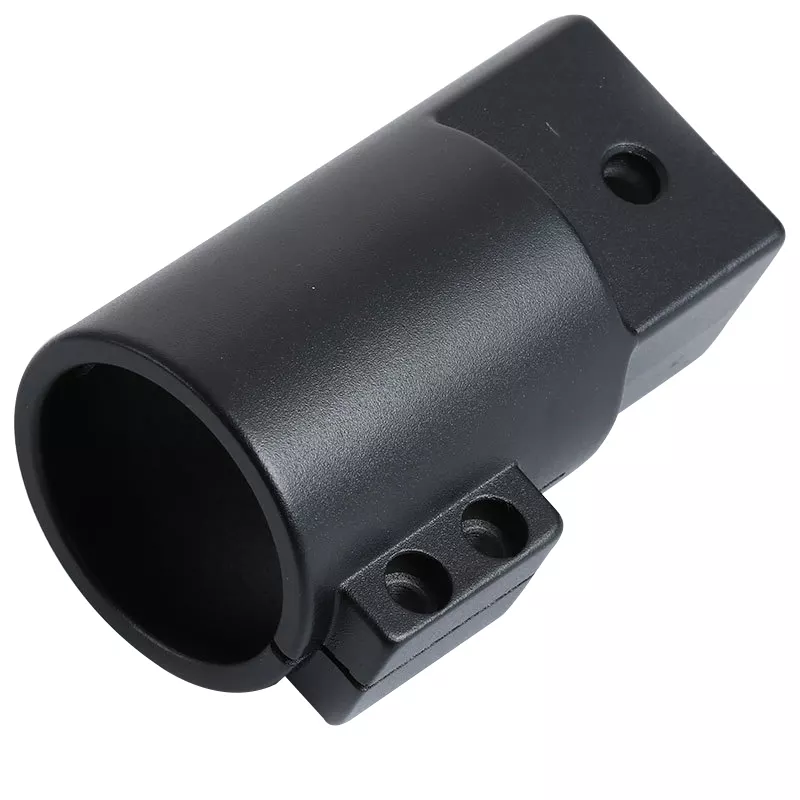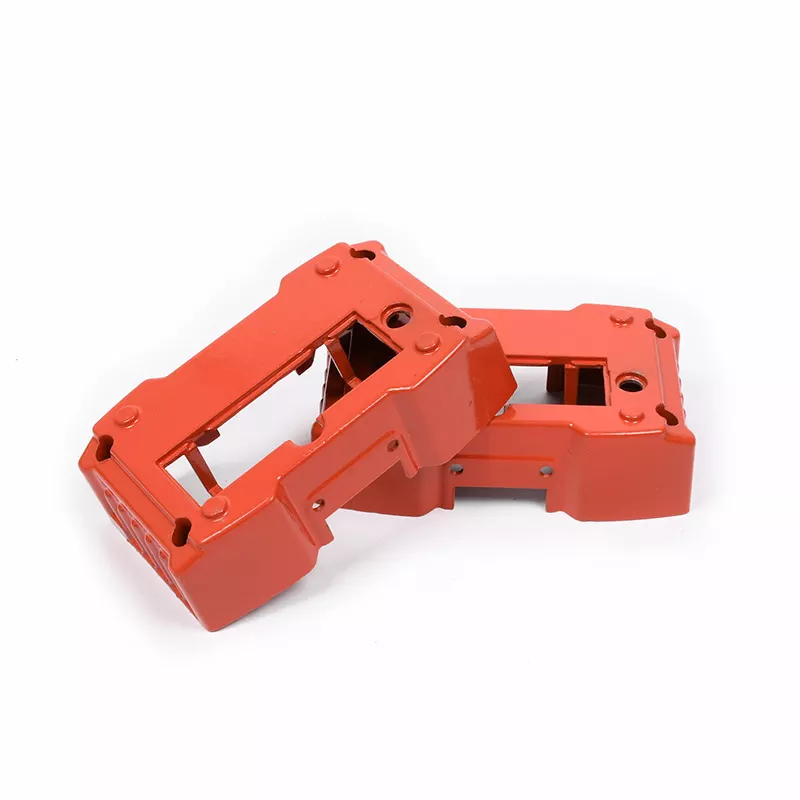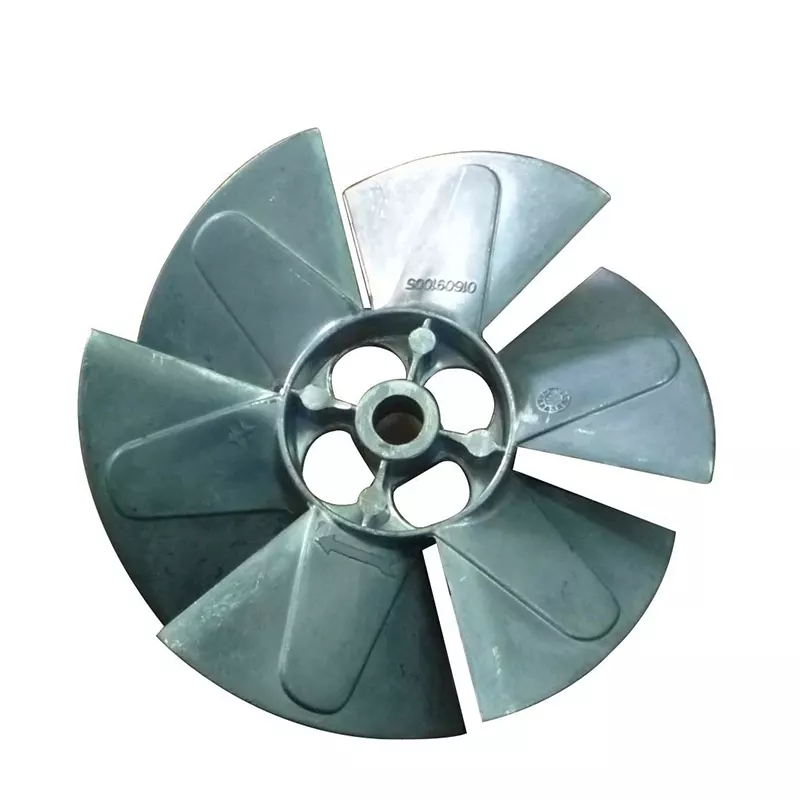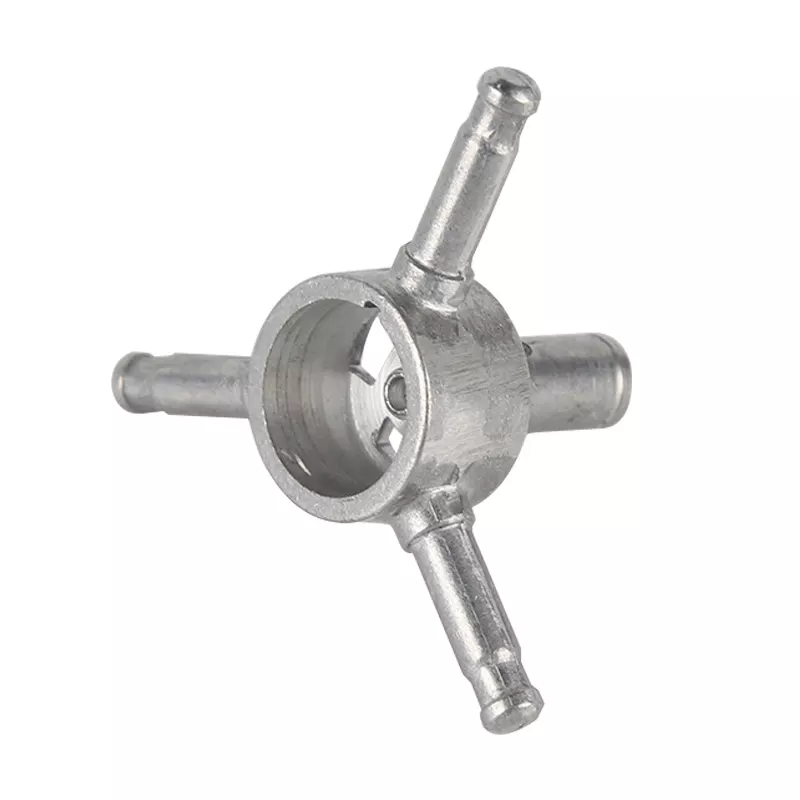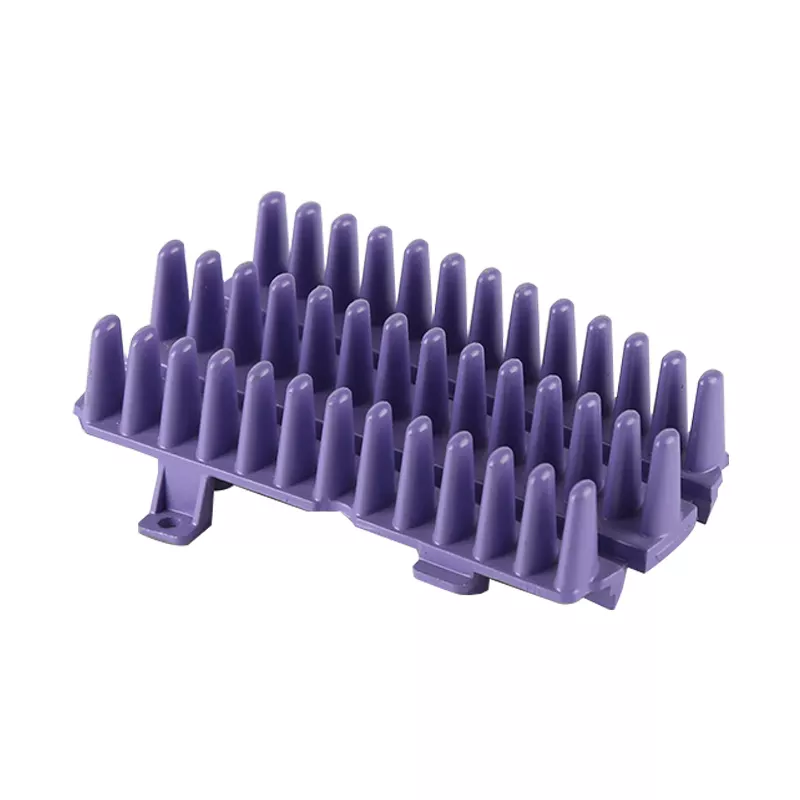As the world pays more and more attention to the problem of environmental pollution, automobile companies have carried out research and development of new materials and technologies around lightweight, and automobile lightweight has become an important direction of development. Studies have shown that 60% of vehicle energy consumption comes from the vehicle’s own weight. When the weight of vehicle equipment is reduced by 10%, the corresponding fuel consumption can be reduced by 6% to 8%. At the same time, lightweight can also improve the braking performance of cars to a certain extent, making cars a safer, more comfortable and environmentally friendly means of transportation. Aluminum alloy materials have become the first choice for lightweight automobiles today because of their light weight, high specific strength, easy processing, and good corrosion resistance.

As a key part of the chassis structure of the car, the rear subframe plays the role of supporting the front and rear axles and suspension, which can significantly improve driving control, riding safety and comfort. At the same time, the reduction in the mass of the rear subframe can enhance the overall The load-bearing performance of the car is of great significance in improving the handling and stability of the car. Therefore, the selection of the material of the rear subframe is very important to the improvement of the performance of the whole car. Traditional domestic rear subframes are mostly made of steel plates, and only a few models use aluminum alloy subframes.
The rear subframe structure of a certain model of Zotye Automobile adopts aluminum alloy materials. Through reasonable structural design and systematic process, low-pressure integrated casting is used to obtain a rear subframe that meets the requirements of strength and durability, and improves the lightness of the vehicle. Quantification level. The rear subframe has an external dimension of 1 165 mm×798 mm×396 mm, an average wall thickness of 5 mm, and a mass of 30.5 kg. It is a large and complex thin-walled part with high strength, high toughness and corrosion resistance, and steel parts. In comparison, it can achieve a weight reduction of 10.1 kg, and the weight reduction ratio is about 33%.
The mechanical properties of cast aluminum alloys depend on the characteristics, distribution and nature, number and size of defects of the second phase. Microscopic defects are the source of cracks in aluminum alloy fracture and have a greater impact on mechanical properties. Therefore, it is necessary to analyze the microstructure and mechanical properties of the low-pressure cast aluminum alloy rear subframe that has been successfully applied.
Durability bench test
The four-channel fatigue test system was used to simulate the parts of the rear sub-frame. After 300,000 tests, the product surface had no defects such as cracks and passed the durability test. It shows that the performance of the sub-frame after low-pressure casting meets the design requirements, and the lightweight chassis is improved.
Road durability test of the whole vehicle
The rear sub-frame is equipped with the entire vehicle, and a comprehensive durability test of 30,000 km is carried out in the Yancheng Proving Ground to verify the durability of the parts of the rear sub-frame. The results show that the performance of the rear subframe meets the standard requirements.




